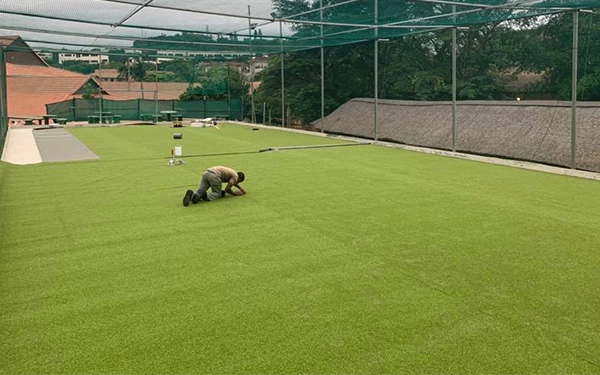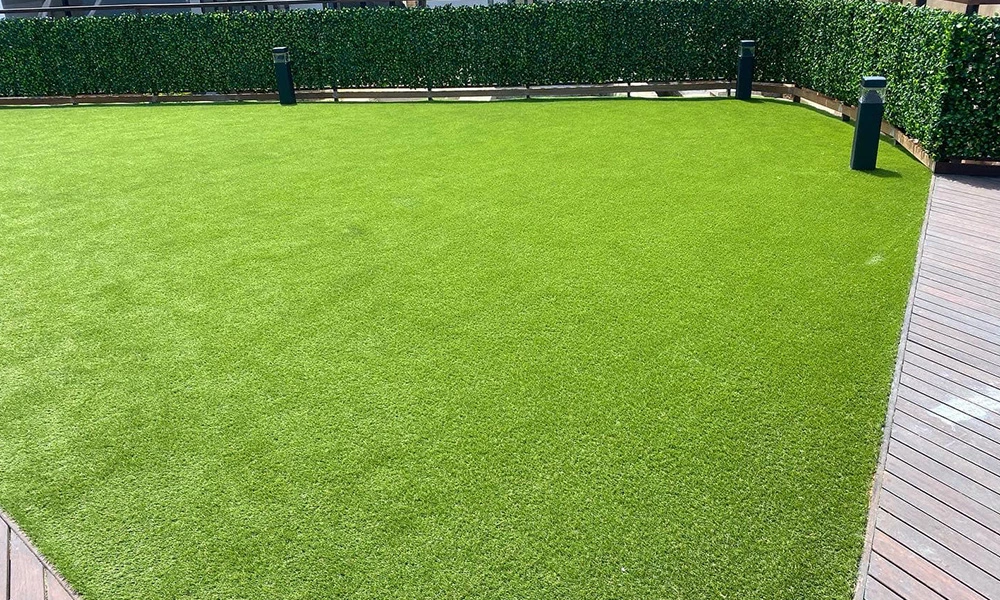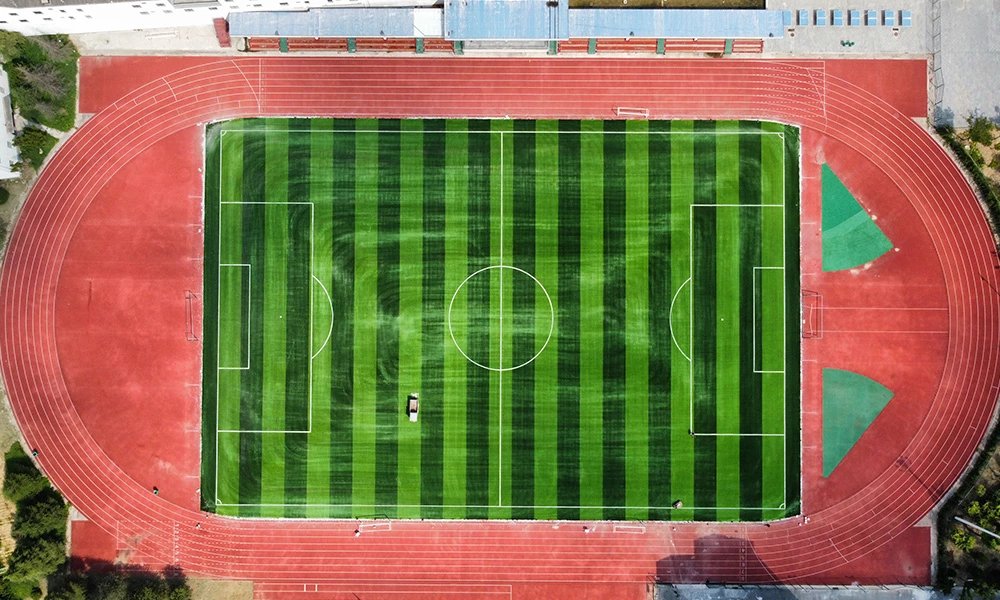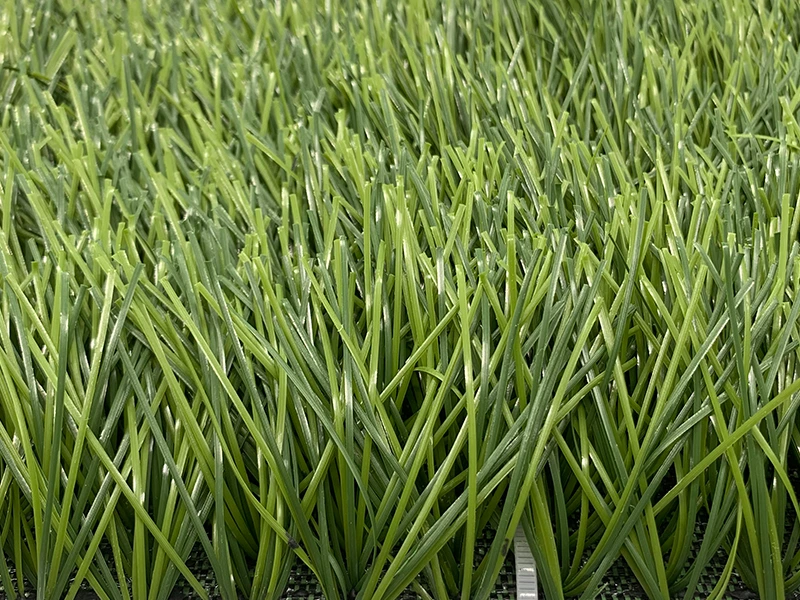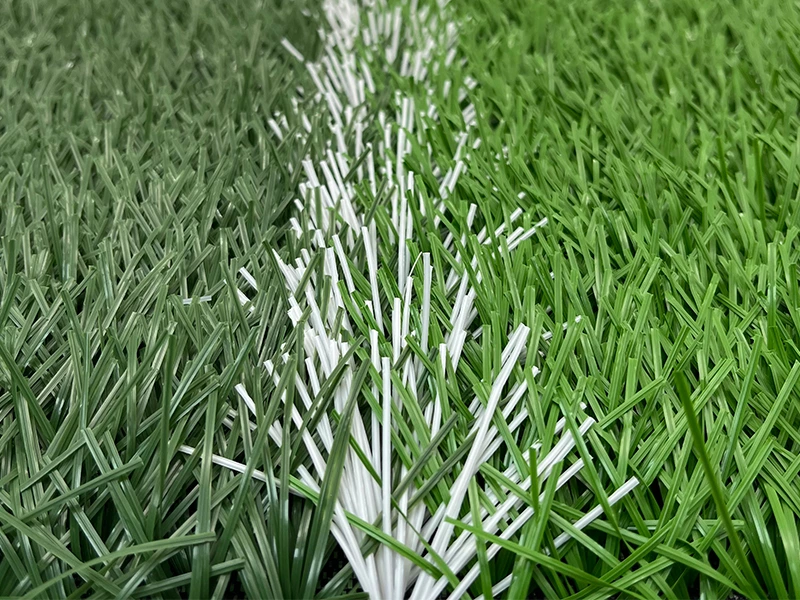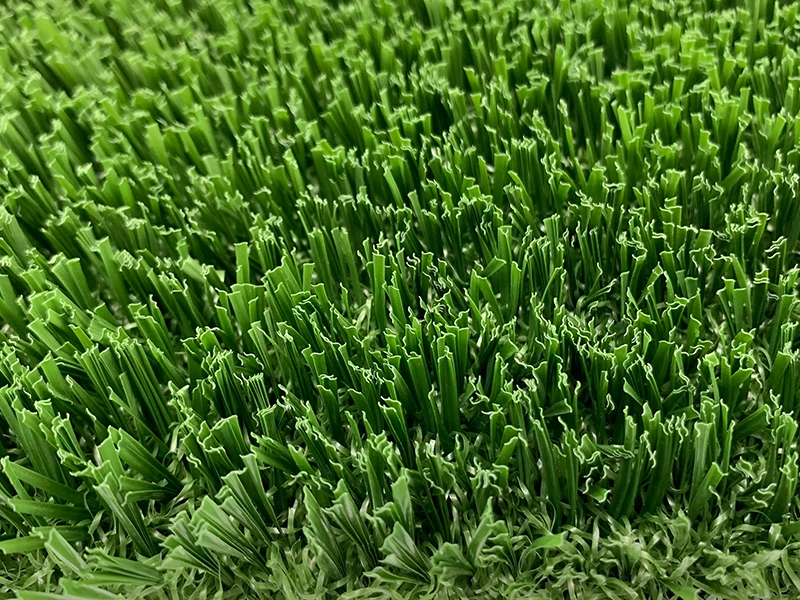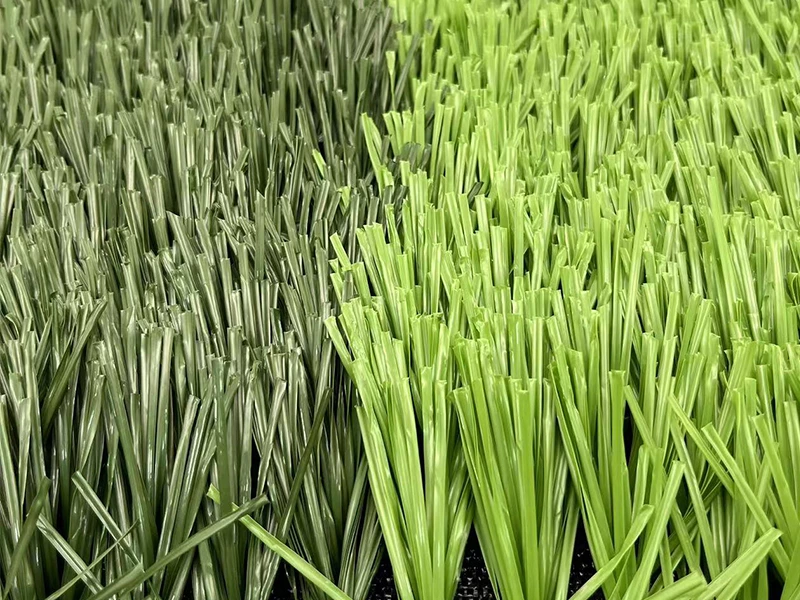Artificial turf paving solution
Inspect and accept the foundation project
Remove the debris in the foundation. If there are any uneven areas, they should be repaired and leveled in time. The construction and paving site must be clean to ensure the cleanliness of the environment and the quality of construction.
Pavement paving:
Lay the turf flat on the ground according to the original factory specifications, and the turfs need to overlap 3~8 mm.
Cut the overlapping turf with a lawn cutter. The joint should not be larger than 3 mm.
Lay the overlapping cloth under the cutting area, and use a glue applicator to brush the joint glue on the joint surface. After the finger touch is dry, join and knock firmly.
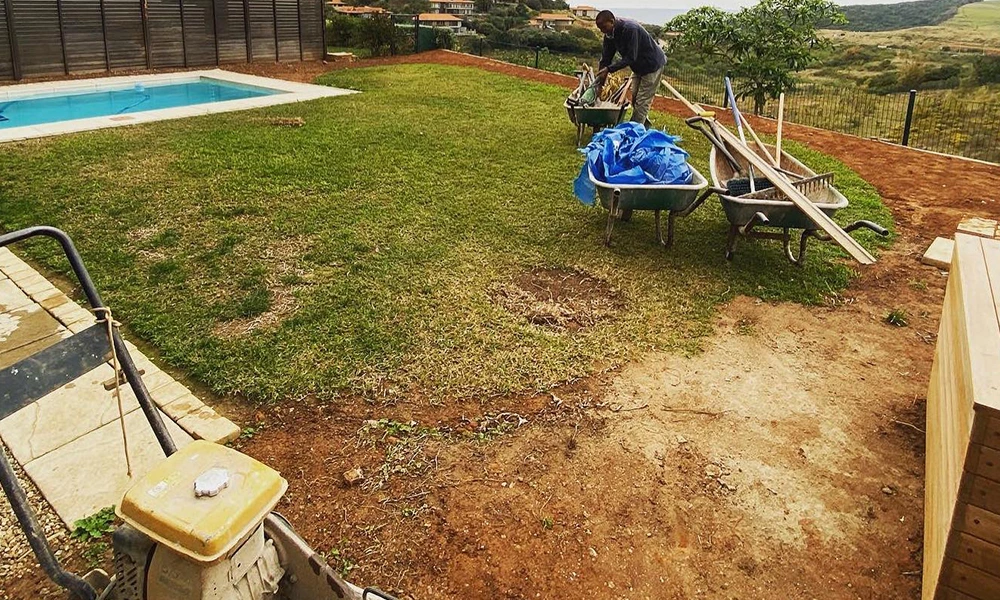
Description of turf bonding construction process
The bottom surface of the turf to be bonded, the interface cloth, etc. must be cleaned, and the surface must be dry and free of moisture.The ambient temperature should be selected above 5℃ for construction. The bonding must use lawn glue specially designed for lawns. Moreover, it is not suitable to construct in rainy and mildewy weather, otherwise it will cause the bonding time to be too long or even cause non-stick phenomenon.
Specific construction process:
Gluing
It is required to use a glue applicator to apply the glue evenly on the surface. Do not apply glue repeatedly, otherwise bubbles will occur or even fall off. Use a glue applicator for the base cloth, strictly control the thickness of the glue, pay attention to the appropriate glue application speed, and apply the glue to the two bonding surfaces separately.
Bonding
According to the actual influence of the temperature, humidity, air pressure and other conditions at the time, reasonably control the drying time. Generally, within 10-30 minutes after gluing, the glue should be 80% to 90% dry and not sticky to the touch. When bonding, it is required to align and stick it firmly at one time, and do not move the bonded objects back and forth after bonding.
Pressurization
After bonding, remove the debris on the surface, and use a special rubber hammer to hammer it hard from the bonding point to both sides to make the surface fully contacted and dense, and the bonding is more firm.
Curing
The curing time is generally three days, and the final strength test is generally ten days. During the curing period, attention should be paid to maintenance to avoid exposure to the sun, water immersion and movement, so as to achieve the best bonding state.
After bonding, before quartz sand and rubber particles are sprinkled, the turf cutting and injection fragments on the site need to be cleaned with an imported cleaner.
Precautions
1. After the artificial turf arrives, do not rush to cut it. Spread out the turf and let it dry for at least 24 hours to completely release the stress generated during the production and transportation of the artificial turf, and let the turf adapt to the thermal expansion and contraction of the new environment to avoid too large joints after paving.
2. When cutting artificial turf, do not pursue one-cutting. It is best to cut it a little bigger, and then align and trim it a little bit to avoid too large gaps after cutting it small. Slow work can produce fine work.
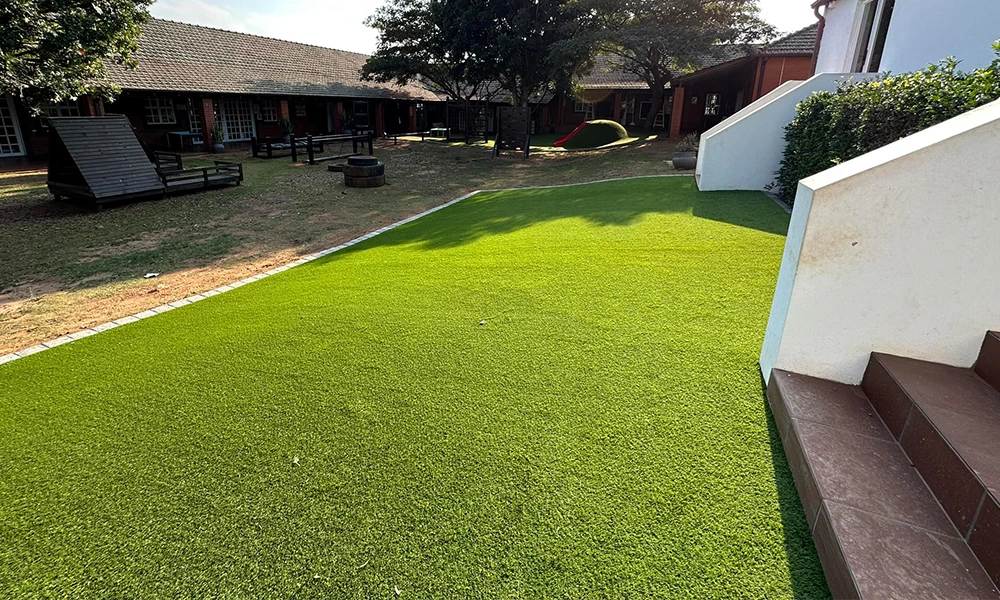
3. When cutting artificial turf, turn the turf up and it will be easier to cut from the back.
4. When brushing glue, be careful not to apply glue on the grass, otherwise the joints will be more obvious.
5. There is no need to brush glue to bond the joint tape and the cement floor. While saving glue, the suspended state of the turf is conducive to drainage and release of displacement caused by thermal expansion and contraction during use.
6. When cutting, make sure that the grass fibers in the entire area have the same direction of fall, otherwise there will be obvious color differences.
